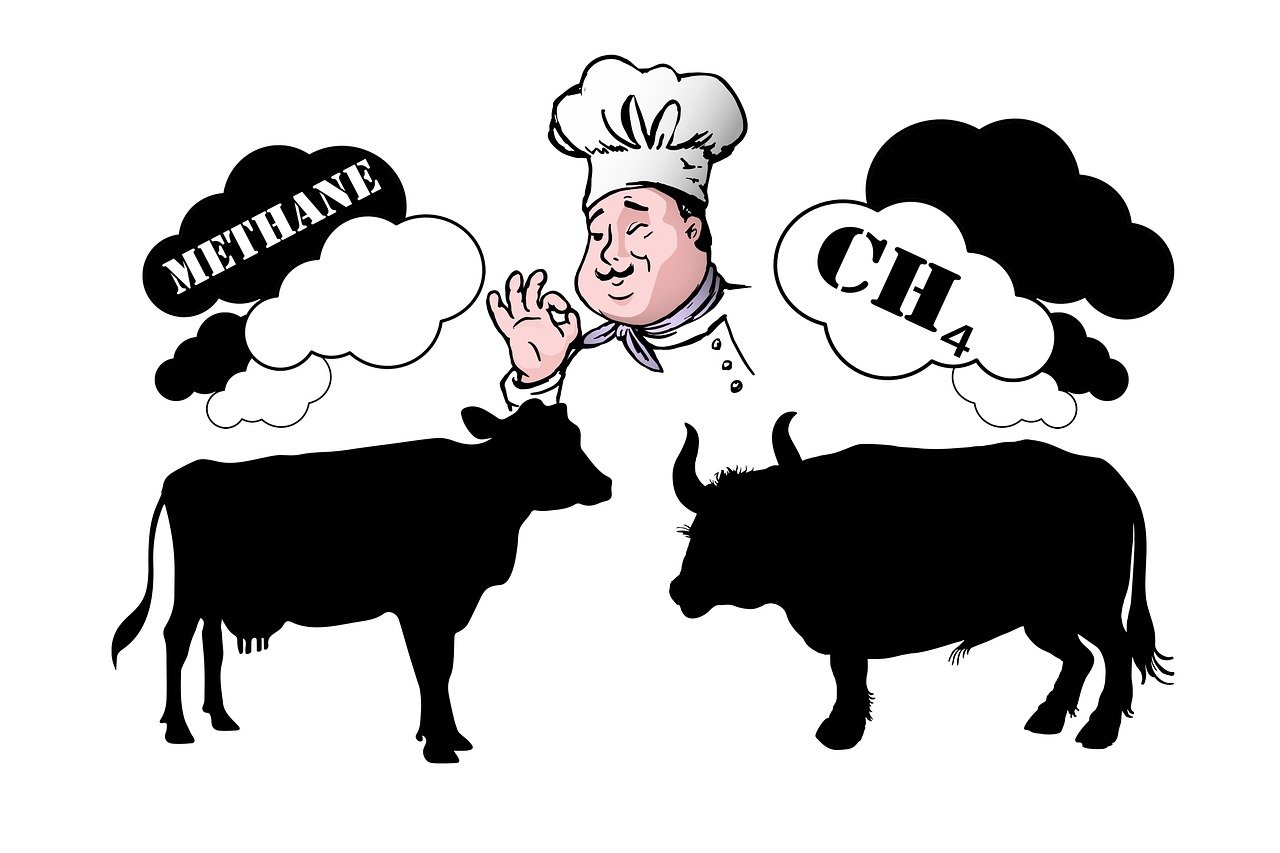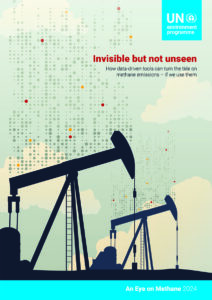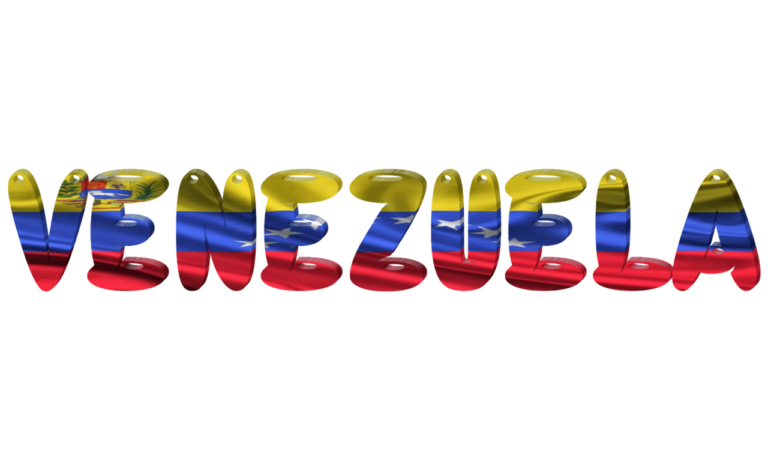
Baku: A high-tech system that identifies major methane leaks has delivered 1,200 notifications to governments and companies over the last two years, yet just one per cent of notifications were responded to, according to new UN Environment Programme (UNEP) data.
Despite commitments under the Global Methane Pledge to slash emissions by 30 per cent by 2030, An Eye on Methane: Invisible but not Unseen highlights that methane plume alerts from the Methane Alert and Response System (MARS), part of UNEP’s International Methane Emissions Observatory (IMEO), represent an untapped opportunity for immediate climate action.
“Governments and oil and gas companies must stop paying lip service to this challenge when answers are staring them in the face. Instead, they should recognise the significant opportunity this presents and start responding to alerts by plugging leaks that are spewing climate-warming methane into the atmosphere. The tools are ready, the targets are set – now it is time to act,” Inger Andersen, UNEP Executive Director, said.
 IMEO’s Eye on Methane data platform delivers “open, reliable and actionable” global methane emissions data to drive impactful methane mitigation action by governments and companies while providing “transparent, reliable” data to civil society and the media.
IMEO’s Eye on Methane data platform delivers “open, reliable and actionable” global methane emissions data to drive impactful methane mitigation action by governments and companies while providing “transparent, reliable” data to civil society and the media.
“UNEP’s IMEO is delivering precise, data-driven insights to enable swift action. Germany is committed to supporting these innovative measures, which demonstrate that with the right data, we can achieve substantial reductions and drive global climate progress. It is now up to the polluters to avoid methane slip as far as possible. The techniques for this are available. This is more than indicated in view of the ongoing global climate change,” Stefan Wenzel, Parliamentary State Secretary for Climate, German Ministry for Economic Affairs and Climate Action, said.
“The data and transparency UNEP’s IMEO provides are invaluable for accountability and action. The Global Methane Hub supports this initiative, recognizing the critical role of reliable data in turning pledges into emission reductions. We need to scale these efforts to bring integrity and independent verification of mitigation claims,” Marcelo Mena, Chief Executive Officer, Global Methane Hub, said.
Atmospheric methane is the second biggest driver of anthropogenic global warming after carbon dioxide (CO2) and is over 80 times more powerful than CO2 in the near term. Global methane emissions must be reduced by 40-45 per cent by 2030 to achieve cost-effective pathways that limit global warming to 1.5°C. Yet the latest science shows atmospheric concentrations of methane rising at record speed over the past 5 years.
“To have any chance of getting global warming under control, methane emissions must come down, and come down fast,” said Inger Andersen. “We now have a proven system to identify major leaks so they can be quickly stopped – often with simple repairs. We are quite literally talking about screwing bolts tighter in some cases,” she added.
While methane responses must rapidly grow, there are examples of nations and companies responding – proving the value of data-driven solutions like MARS. In 2024, IMEO verified action to reduce emissions from major leaks in Azerbaijan and the United States.
In Algeria and Nigeria MARS notifications and engagement led to direct action from the governments and oil and gas companies to address large methane leaks. In the Algerian case, which saw methane leaks take place for years, the annual avoided emissions are equivalent to 500,000 cars being taken off the road. In Nigeria’s case, the six-month leak emitted methane equivalent to 400,000 cars being driven for a year and was able to be fixed in under two weeks by simply replacing faulty equipment.
Beyond addressing major emissions seen from space, the systems exist for industry to manage its methane footprint. UNEP’s Oil and Gas Methane Partnership 2.0 (OGMP 2.0), is an initiative for oil and gas companies to measure and reduce their methane emissions. OGMP 2.0 added 20 members over the past year, growing to 140 members covering more than 40 per cent of global production.
2024 is the first year that OGMP 2.0 began awarding its “Gold Standard reporting” to companies that report their emissions at the highest data quality levels. So far in 2024, 55 companies have achieved Gold Standard reporting. Moving all companies across the sector to OGMP 2.0 Gold Standard emissions reporting is necessary to effectively target mitigation with measurement-based data and track performance against pledges to reduce emissions, such as the Oil and Gas Decarbonization Charter announced at COP28.
IMEO said it is also stepping up its work on methane emissions from other sources with a new Steel Methane Programme. Methane emissions from metallurgical coal used in steel production represent on average 30 per cent of steel’s near-term climate footprint. These emissions can be mitigated at roughly one per cent of the price of steel.
The new programme provides a framework for reducing the climate footprint of the steel sector as the industry transitions to green alternatives. MARS is being expanded to cover metallurgical coal production and identify further mitigation opportunities.
– global bihari bureau





